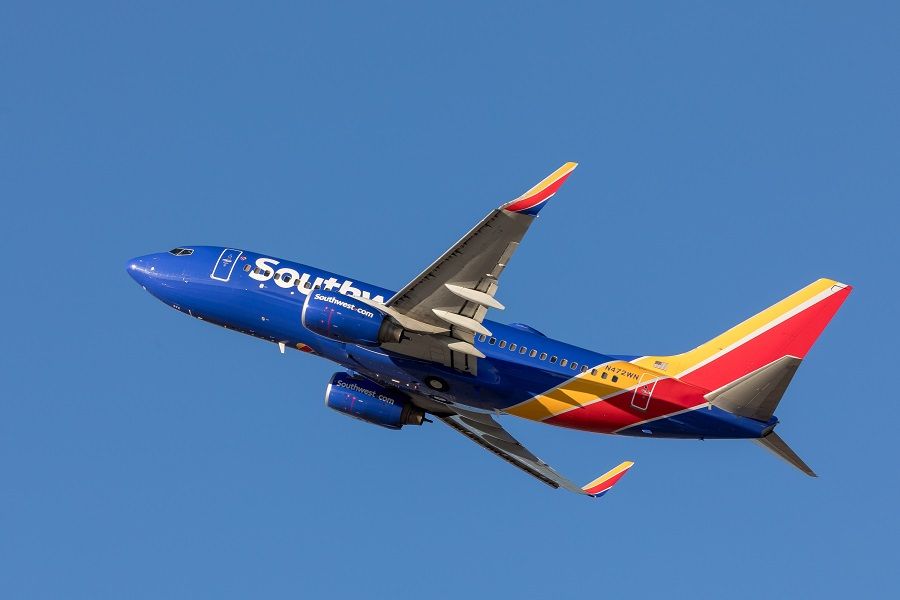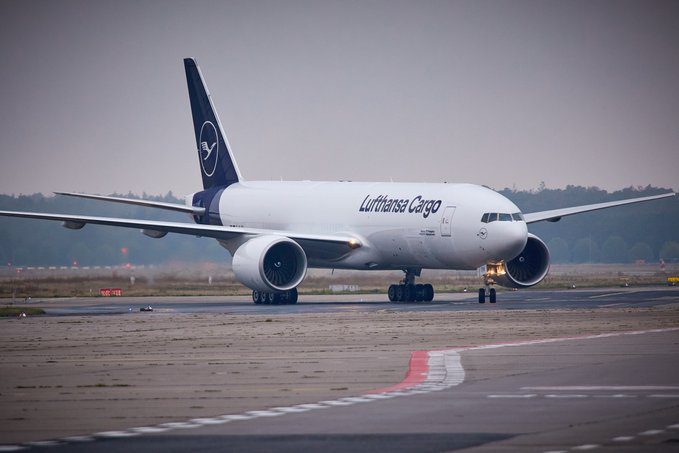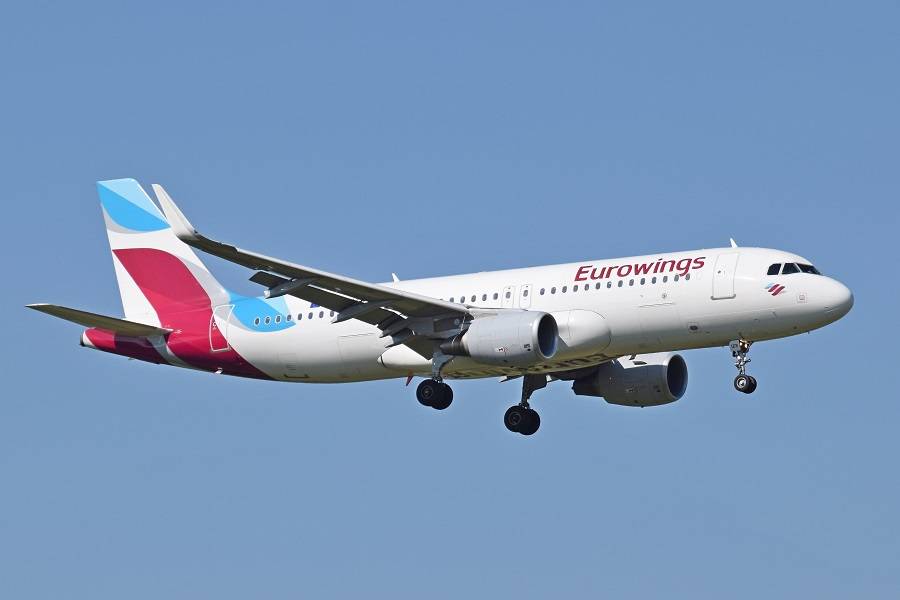Since Southwest Airlines introduced the low-cost carrier model, other airlines have contemplated copying their concept. Many newer airlines emerged, following them, but what about traditional carriers switching to this model? And which airlines will come back quicker after 2020?
We have already seen what Southwest did. They cut down turnaround times, drastically. They homogenized their fleet, staying with only one model of aircraft. Also, they use a single-class concept, and experimented with quick boarding procedures. Really, they used any trick possible to make their planes efficient. So other low-cost carriers followed.
They also try to keep their fleet fresh, something many often forget. Successful low-cost carriers generally avoid using older aircraft, to avoid high maintenance costs. Of course they all had to start small, sometimes with old planes. And how long that lasted before they got a new fleet, tells a story in itself.
However in this crisis, these qualities in a low-cost carrier have some implications, relevant to a pandemic. The homogeneous fleet means that route schedules are broadly similar to each other. That makes for some valuable flexibility, when a plane needs to be replaced or a route is stopped. The latter can happen when a country closes its borders.

Low-Cost Carriers With Low-Cost Finances
More crucially, successful low-cost carriers tend to own many of the aircraft they use, rather than lease them. There are many asterisks here but the point is that it’s a bit easier for these airlines to have a fleet sitting on the ground for a few months. They will lose money, but not for paying lease payments. And if they need cash eventually, they can sell-and-lease-back these aircraft. Just ask Easyjet.
Finally, low-cost carriers don’t depend on business travel as much as traditional carriers do. Again there are exceptions, but obviously airlines with dedicated business and first-class services attract these travellers. And it seems that the first passenger markets to recover, will be holidaymakers, NOT business travellers.
So the question is, will the crisis tempt some airlines to switch to a more low-cost model? The quick answer is that if they’ve survived this far, they probably won’t. While airlines in the past have made the switch, it was because of long-term problems. While this crisis is quite cataclysmic, basically unless an airline’s management was already thinking about it, they probably won’t do it.

A Multi-Brand Approach
Lufthansa’s senior director of product management for ground and digital services, Bjoern Becker recently commented on this. In an interview with Simple Flying, Becker explained that none of the traditional carriers within the group were due for a shift to a low-cost carrier model.
“Airlines like Lufthansa, Swiss, Austrian Airlines, they will stay premium airlines. Definitely, we will stick to our strategy here because the strategy is not wrong because of a pandemic. That has nothing to do with each other”, said Becker.
“The hypothesis is… that the leisure travel demand will pick up earlier than the business travel demand, so we are also looking into this. But also, here, the general positioning of the Lufthansa brand will be a premium airline with the services we offer; so we still have lounges, we still have first class services, we still have priority lanes, limousine services, personal assistants. We will keep these premium aspects in our services, definitely.”

Lufthansa has had to make drastic and painful cuts, like all airlines. But there is another reason why it wouldn’t make sense for them to switch to a low-cost focus. That’s because Lufthansa already has low-cost carriers in its group. In addition to Lufthansa, Swiss and Austrian, there is also Brussels Airlines and Eurowings. The latter two certainly have a more low-cost focus.
Therefore, it will be interesting to see if the relative size between the carriers in Lufthansa’s group will stay the same. With five brands to work with, the group certainly has a lot of flexibility.



